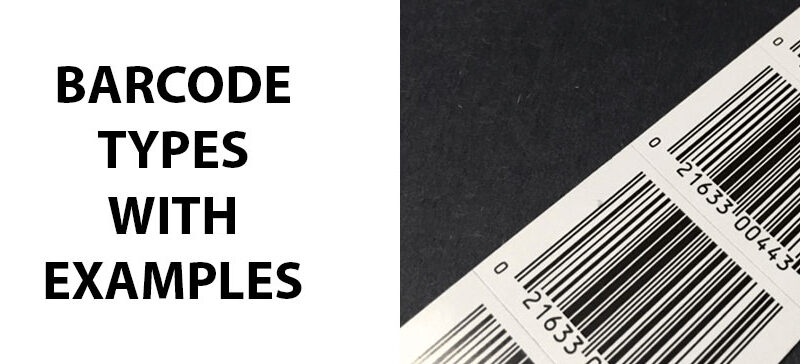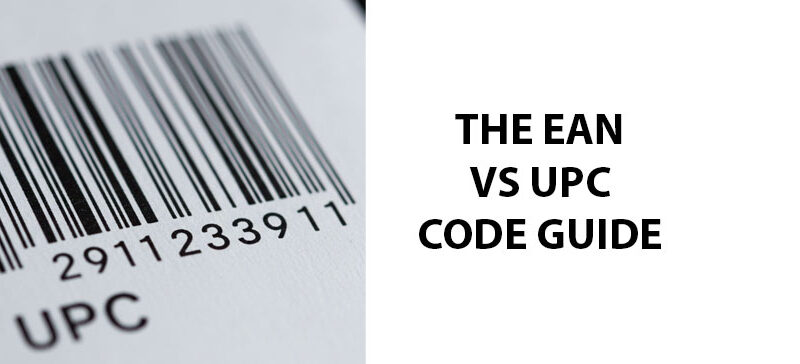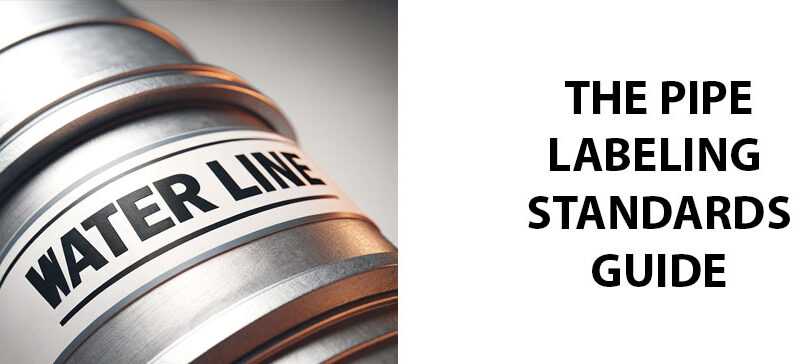From grocery stores to warehouses, barcodes are used seemingly everywhere, providing an easy solution to collect and record data. Around the blog, a variety of barcode types are used, each serving a specific purpose.
Barcodes operate on a simple yet ingenious principle: using a pattern of lines and spaces to encode information. The process begins with assigning specific numeric or alphanumeric values to different characters, such as digits, letters, or symbols. These characters are then represented by varying widths of black lines and white spaces. When a barcode is scanned, the reader translates the pattern of lines and spaces into digital code. This seamless interaction allows for rapid and accurate data capture, making barcodes an indispensable tool.
While barcodes share similar features, each barcode type uses a different symbology used to encode and translate data. Think of the different types of barcodes like separate languages. Each format may use similar patterns, but a different set of rules is at play to create meaning. Some barcode formats work better for specific applications, so it’s important to consider the function of each. Here we explain the different barcode types and examples of where they might be used.
Code 39
Code 39 is a widely used alphanumeric barcode symbology that also happens to be one of the oldest in use. It can encode uppercase letters, digits, as well as a few special characters. Each character is represented by a pattern of nine bars, of which three are wide (representing 1) and six are narrow (representing 0). Code 39 is known for its simplicity and versatility, making it suitable for various applications such as inventory management, government, healthcare, and electronics.
Code 128
Code 128 is a high-density barcode symbology that works especially well in cases where space is limited. Code 128 can encode a large range of characters, including uppercase letters, lowercase letters, digits, and symbols. It allows for efficient data representation and can encode more information in a smaller space than code 39. Code 128 is commonly used in shipping and packaging industries and offers excellent data integrity and error-checking capabilities.
Interleaved 2 of 5
Interleaved 2 of 5, or ITF, is a numeric barcode symbology used primarily for encoding numeric data. It encodes pairs of digits into bars. Each pair is represented by five bars, two of which are wide. ITF needs an even set of numbers to function, so zeroes are added to the end of an odd set of numbers. ITF is popular in the logistics industries for labeling cartons, pallets, and other containers due to its compact size and ease of printing.
Universal Product Codes
Universal Product Code, or UPC, is one of the most recognized barcode standards used in retail and consumer products. It consists of a fixed length of 12 numeric digits and is widely seen on product packaging. UPC codes enable accurate product identification and efficient point-of-sale transactions.
International Article Number
International Article Number, or EAN, is a barcode standard closely related to UPC. It is used internationally to mark and identify sellable products, and is most commonly seen on books. EAN codes are similar to UPC, but use 13 numeric digits rather than 12. The additional digit is called a check digit and helps detect errors.
Quick Response Barcodes
Quick Response barcodes, or QR codes, are 2D barcodes capable of storing a significant amount of data. QR codes can encode various data types, from alphanumeric characters and URLs to multimedia content. They are commonly used for marketing purposes, mobile payments, ticketing, and product information retrieval. QR codes can be scanned using smartphones, which has led to their popularity.
Data Matrix
Like QR codes, Data Matrix is another 2D barcode that can encode a large amount of data in a compact space. It consists of a square or rectangular grid of black and white cells, representing binary values. Data Matrix codes are used in healthcare, manufacturing, and logistics for tasks such as product tracking and document control.
What Is A Data Matrix Barcode?
PDF 417
PDF417 is a stacked linear barcode symbology capable of encoding large amounts of data, including text and binary data. It is widely used in circumstances that need higher security as well as high-capacity data storage, such as driver’s licenses, identification cards, and transportation tickets. PDF417 codes can be read by specialized barcode scanners.
Most Common Barcode Types
As technology advances, more barcode types are being created and adopted. There are a number of specialized barcode formats tailored for specific industries and applications. Each format comes with its own unique attributes. Some work better in compact spaces while others allow you to encode more complicated information. The most common types of barcodes used today include:
- UPC: UPC are probably the most common types of barcodes used today. You see them especially in the retail industry for product identification and point-of-sale transactions.
- Code 39: Code 39 is both versatile and simple to use, making it one of the most common barcode types. It is also one of the oldest barcode formats in use today.
- Code 128: Code 128 is a high-density barcode format capable of encoding a large range of characters, and is especially common in shipping and packaging.
- QR Code: Quick Response codes have gained significant popularity due to their ability to store a large amount of data in a small space. Because QR codes can be scanned by mobile phone, they work especially well for marketing.
The Standard Type of Barcode
While there is no one standard type of barcode, many barcodes share several common characteristics that make them efficient and reliable tools.
- Machine-readable: This allows for rapid and accurate data capture using scanners or smartphone cameras.
- Easily printed: Barcodes are designed to be printed on a variety of surfaces, from product packaging to documents.
- Patterns: Barcodes typically consist of a series of black bars and white spaces, with varying widths and patterns that represent encoded information.
- Scalable: Barcodes can be made bigger or smaller to accommodate specific size requirements.
- Error detection: Barcodes usually incorporate error detection and correction mechanisms to minimize scanning errors.
- Universal language: Barcodes provide a universal language that enables seamless communication across industries, supply chains, and systems.
Vertical vs Horizontal Barcodes
Combinations of Barcodes
With the prevalence of barcodes, you might think that we’d eventually run out of numbers to use. Luckily, the numbering systems used to create barcodes allow for billions of unique barcode combinations. It’s highly unlikely that barcodes will run out in the foreseeable future.
In the event that barcode numbers approach their limit, the numbering system can be expanded. Plus, advancements in barcode technology ensure that there will always be a solution to support the growing needs of businesses in the future.
Do you need to print barcode labels for your business? Coast Label can help. Our Application Specialists will work with you one-on-one to engineer the perfect label for your needs. With our TruCheck barcode verification system, we’ll ensure that your labels meet or exceed industry standards for scannability, no matter the type of barcode you use.



